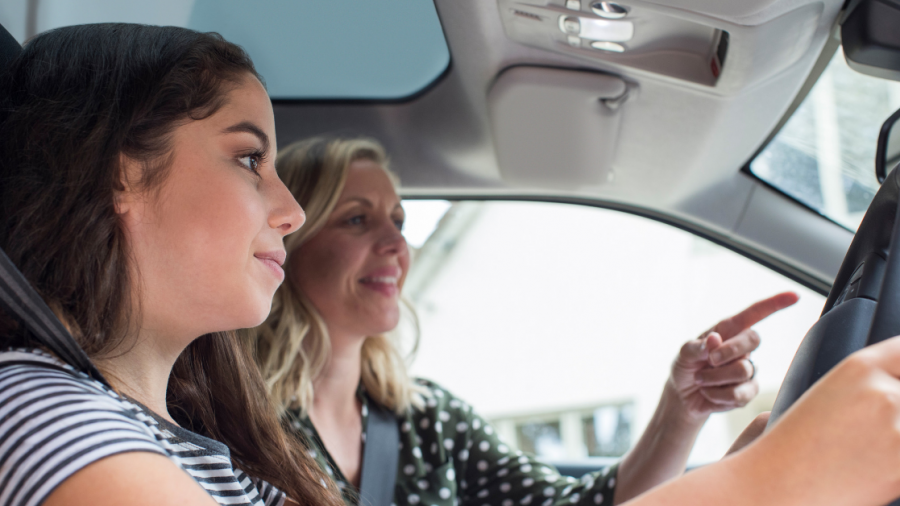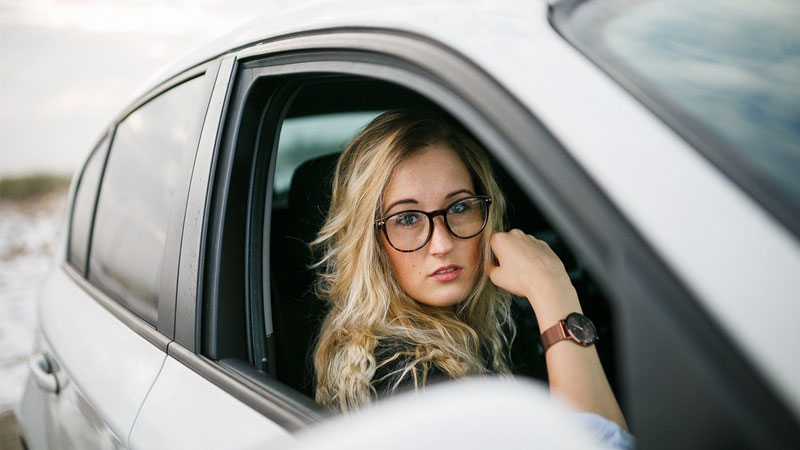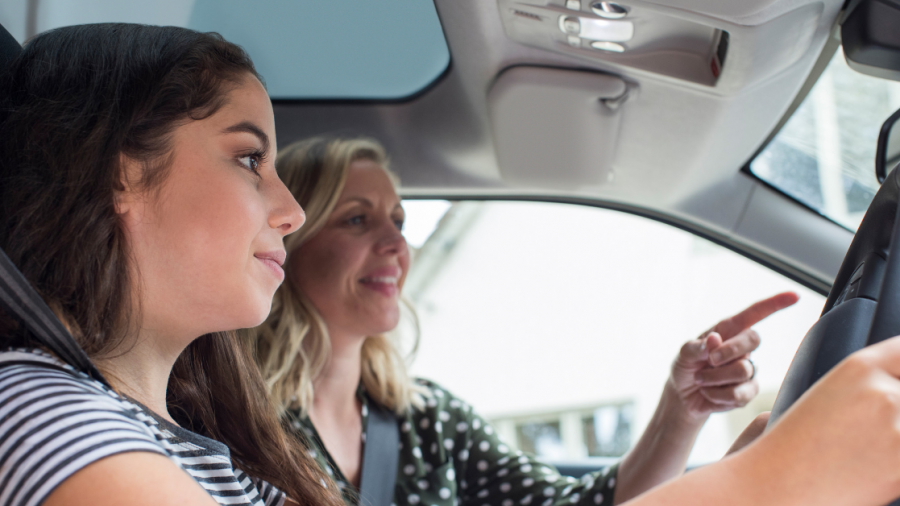Learning to drive is still a rite of passage for some. Even though young people tend to delay the day they start driving lessons, most will get their drivers licence eventually. Find out how you move from Ls to P1s and P2s in the graduated licensing scheme and finally, to the freedom of an unrestricted licence. Read More





